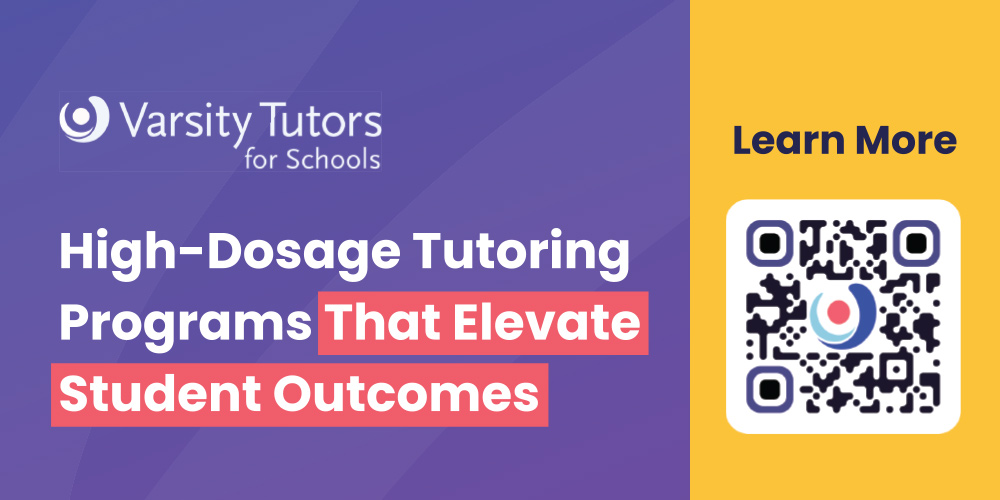Legislature
Governance




Troy Flint | tflint@csba.org
Editorial Director:
Kimberly Sellery | ksellery@csba.org
Staff Writers and Contributors:
Alisha Kirby | akirby@csba.org
Heather Kemp | hkemp@csba.org
Chris Reefe | creefe@csba.org
Meghan Russell | mrussell@csba.org
Ethan Retan | eretan@csba.org
Alex Worthy | aworthy@csba.org
Marketing & Communications Director:
Monica Griffis | mgriffis@csba.org
Graphic Design & Branding Director:
Kerry Macklin | kmacklin@csba.org
Senior Graphic Designer:
Amanda Moen | amoen@csba.org
Dr. Bettye Lusk | Monterey Peninsula USD
President-elect:
Dr. Debra Schade | Solana Beach SD
Vice President:
Sabrena Rodriguez | Ventura USD
Immediate Past President:
Albert Gonzalez | Santa Clara USD
CEO & Executive Director:
Vernon M. Billy
News and feature items submitted for publication are edited for style and space as necessary.

President’s Message: Bettye Lusk
Recently, I had just such an opportunity when I took a tour of school districts on California’s beautiful Central Coast. It was a wonderful and illuminating experience and reinforced my belief that model practices exist in schools all across the state. Our challenge is to support, uplift and replicate these strategies to ensure student success is the norm in every school district and county office of education.
During CSBA’s annual Legislative Action Week, members brought their lived experience to the Capitol to shine a light on the top issues facing their schools and students. In response to the ongoing health and safety concerns related to construction at the Capitol building in Sacramento, CSBA once again offered this flagship event virtually. Similar to last year, the virtual format allowed a record number of school board members to share their perspective with legislators in Sacramento.
These awards honor the hard work and dedication of governing boards and district staff in creating innovative programs that improve student achievement and well-being in the state’s preK-12 public schools. They also recognize effective governance and boardsmanship of an individual board member and the important role education journalists play in creating awareness in the community.
Leading in a VUCA world requires strategic planning and interventions. Shifting one’s mindset from reactionary to appropriate responsiveness provides the perfect opportunity for growth, strength and success. Governing during these uncertain times must focus on a shared vision, requiring development and implementation of new and sustainable ideas and supportive frameworks. School district and county office of education governance teams must align long-term vision with short-term action focused on decisions that respond to the needs of students. Leading in times of VUCA requires transformational governance that creates hope and is inspiring and encouraging. Afterall, governance teams set the tone for effective leadership by filtering out distractions and demonstrating healthy dialogue and a commitment to success and achievement for every student.

In January 2025, the Department of Homeland Security rescinded a long-standing practice that prohibited immigration enforcement actions in and around “sensitive” areas such as schools. This change has left some students and families feeling less safe in their communities, including while at school. According to the Migration Policy Institute, an estimated 133,000 public school students in California are undocumented.
In 2024, Ten Strands partnered with the California Collaborative for Educational Excellence and UndauntedK12 to support district and county leaders with resources and tools for managing the impacts of a changing climate to adapt and become climate resilient. This partnership highlighted practices and tools for managing climate impacts by leading districts and county offices of education through webinar learning sessions and case study spotlights. The findings and resources were summarized in a brief, “Climate Adaptation and Resilience at California’s K–12 Schools: Actions and Recommendations for State and District Leadership.”
In one of the most anticipated agenda items, the board approved proposed revisions to the SSRs with amendments for the California Assessment of Student Performance and Progress (CAASPP), also known as Smarter Balanced Summative Assessments, for English language arts and mathematics, California Science Test (CAST), and Initial English Language Proficiency Assessments for California (ELPAC).

In 2021, there were seven local educational agencies across 25 county offices of education receiving DTA from CCEE, compared to 54 in 2024, which requires support from the entire organization to manage cases as well as contractors. according to Executive Director Matt Navo.

The first, observed this year from April 14-25, is a time for local educational agencies to foster a sense of civic awareness in future voters and inspire eligible 16- and 17-year-olds to preregister to vote so they are automatically able to participate in elections when they are 18, according to the California Department of Education.
Released in January by the Sonoma County Office of Education, the 82-page literary magazine includes dozens of poems from students at the local juvenile justice center where the COE operates the educational programming for grades 7-12.
Attention: For more information about events, visit www.csba.org/TrainingAndEvents.








